Well, nobody has the right answer yet, and I think it has mostly to do with the fact that the picture yesterday wasn’t so good. So, I took them again, and here they are, in no particular order. Since Toki asked, why not, let’s throw in a prize. Let’s get that out of the way first.

This is a Japanese Bizen-ware yunomi guinomi that I have, but never used, and would love to send it to somebody who will actually use it. It’s a waste sitting on my shelves, and I have way too many cups as it is. The first person who gets the right answer (if there is one) gets the cup, worldwide. Polls close midnight EST tomorrow.
Here are the five pots again, in no particular order. A short hint — it has nothing to do with size and shape, and none of the theories in the last post are what I had in mind. They are, in fact, valid (i.e. one of them is a decorated pot while the others are all classical shapes, etc). They just aren’t what I was thinking when I first posted it up. Maybe this is an impossible guessing game and it’s all a bit of a waste of time. Anyway, here we go.


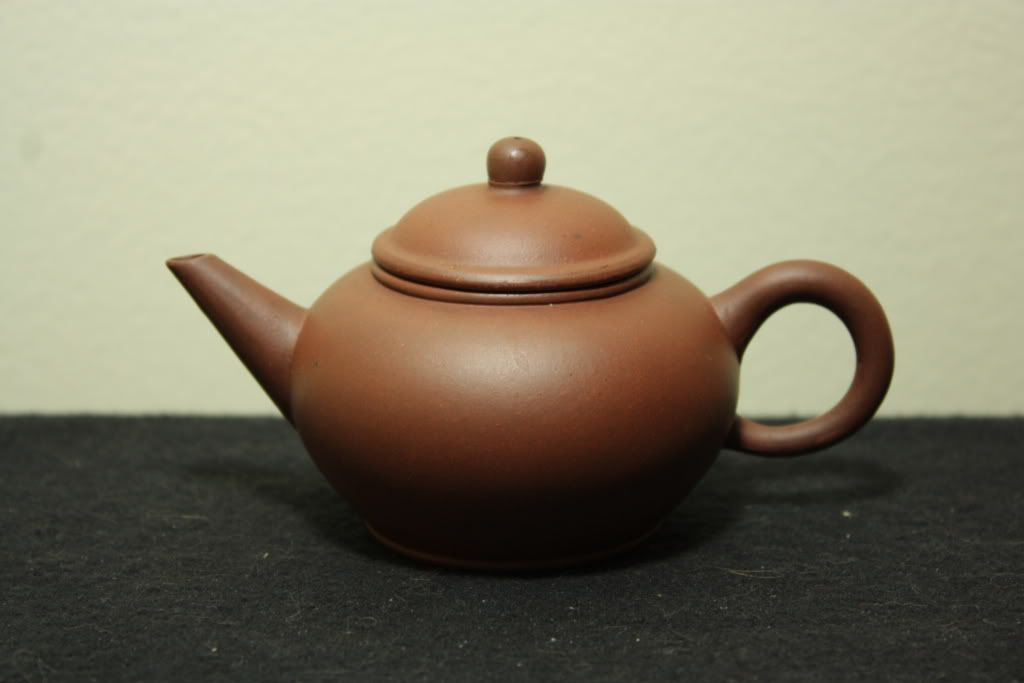

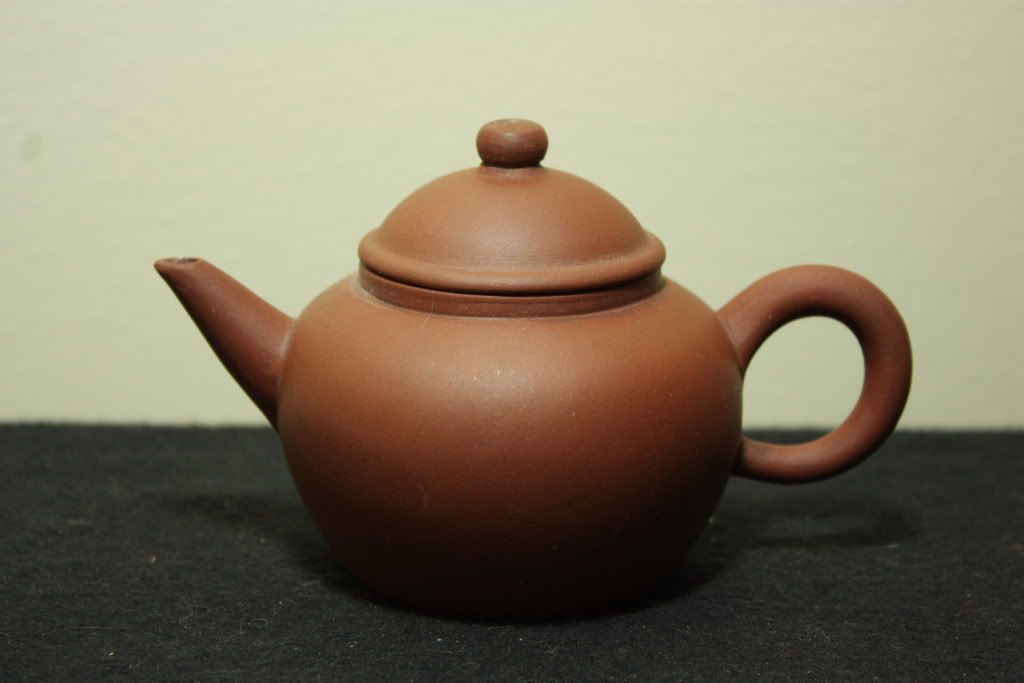
Now, enjoy 🙂

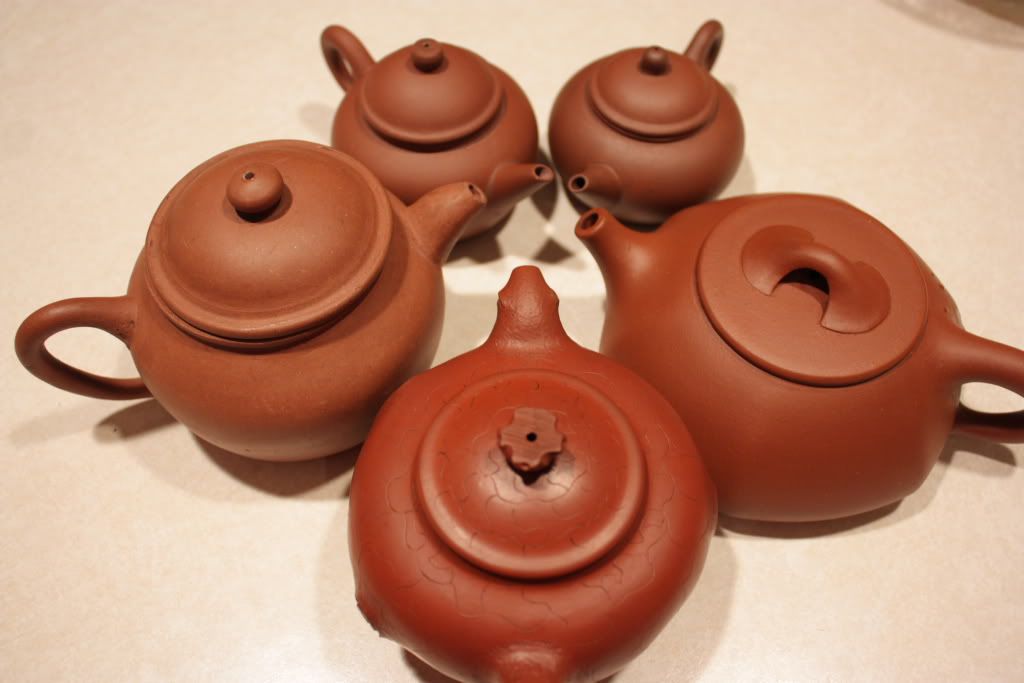
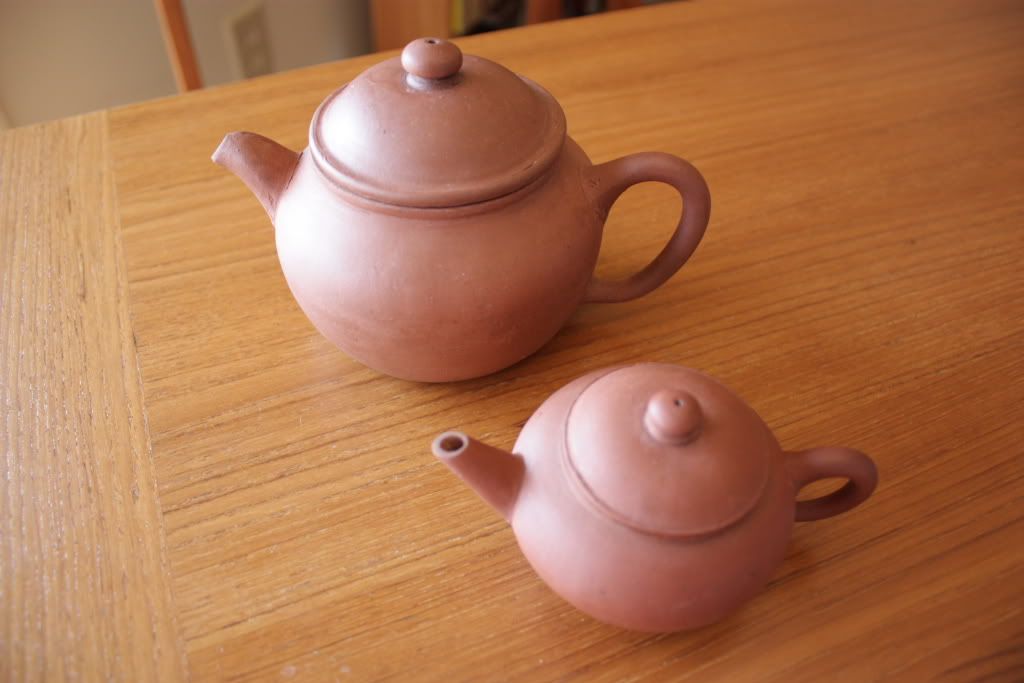
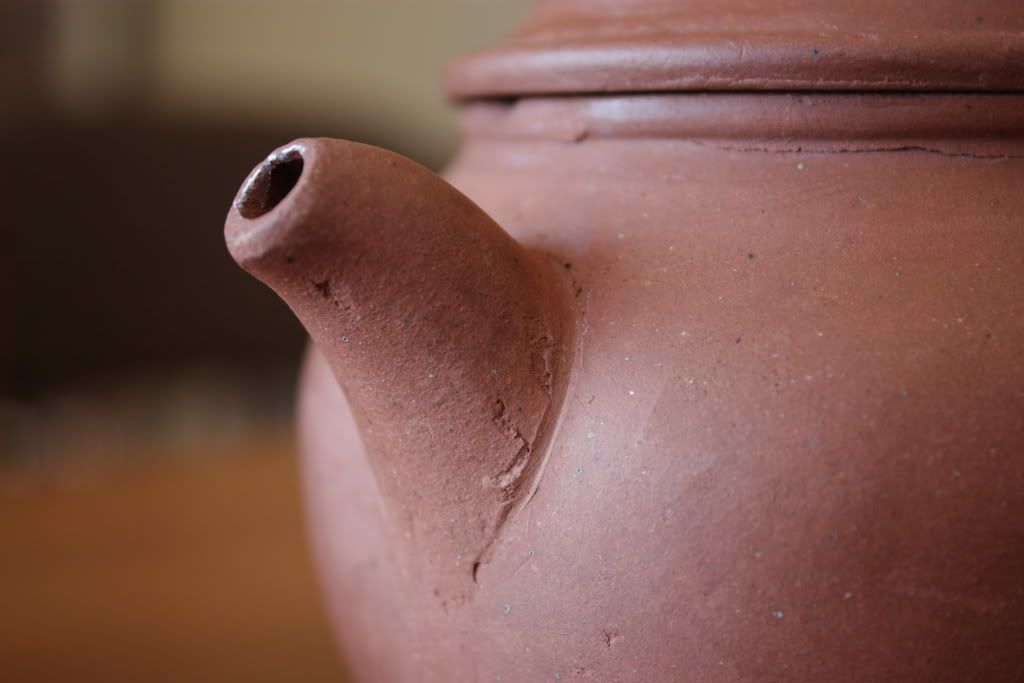
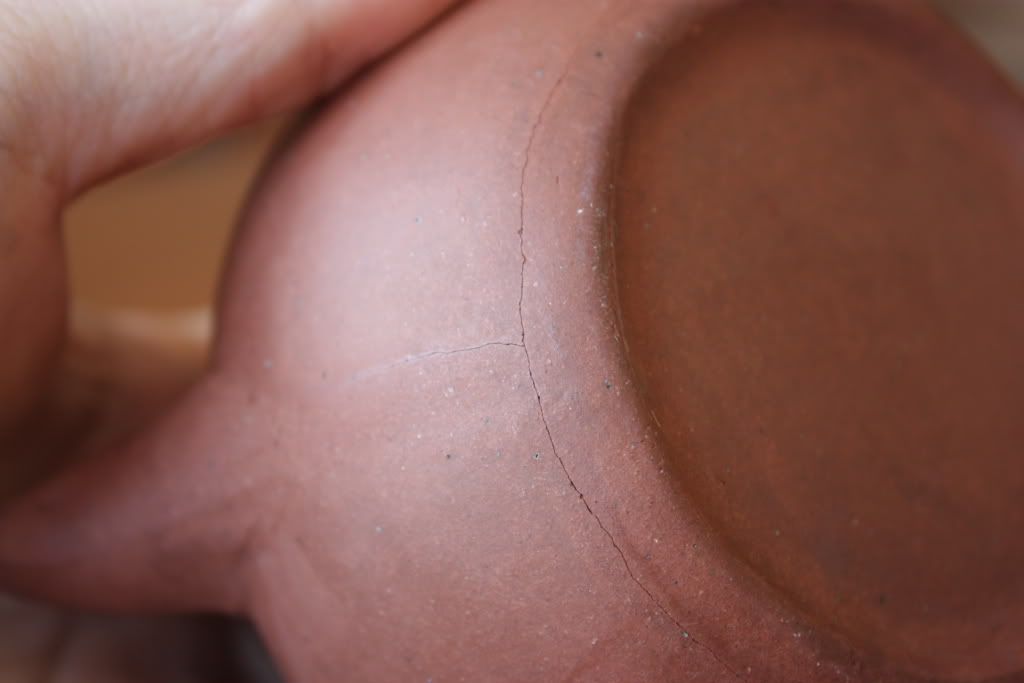
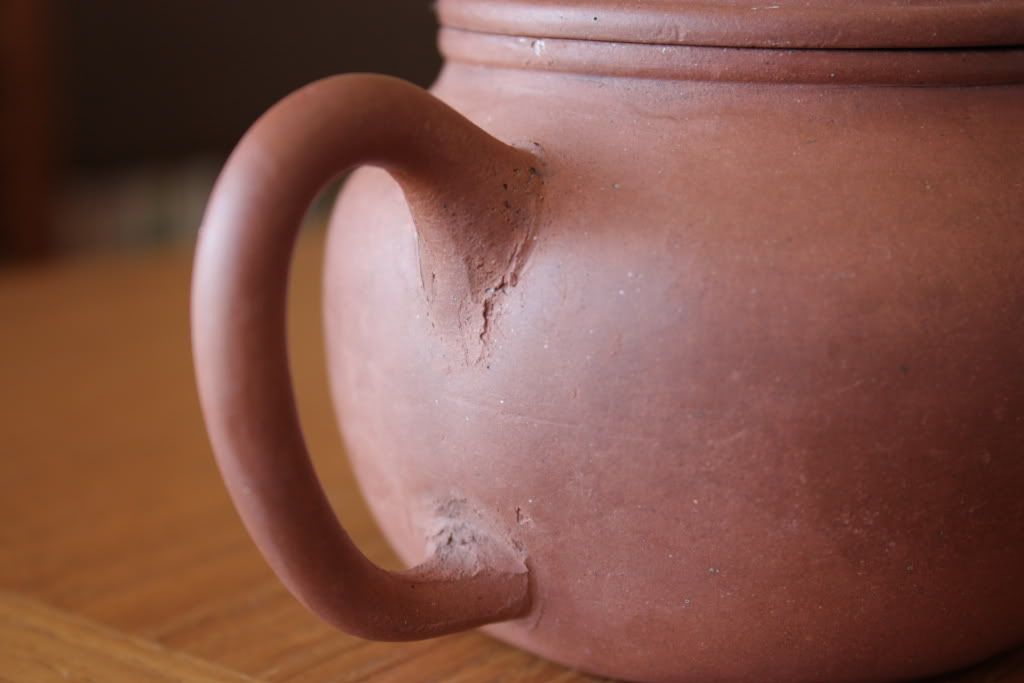
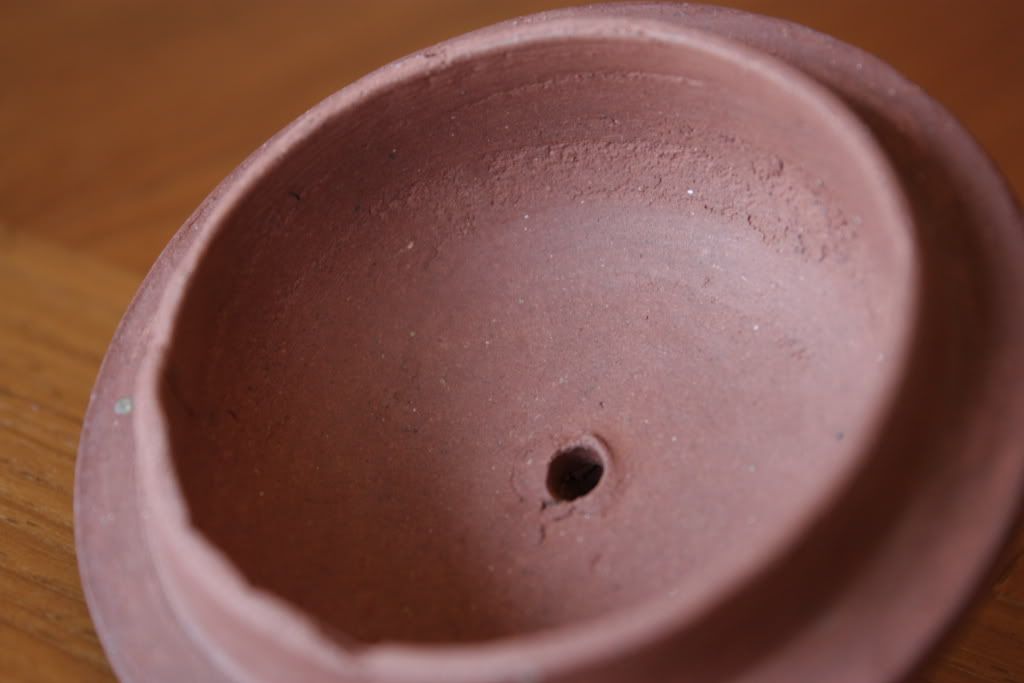
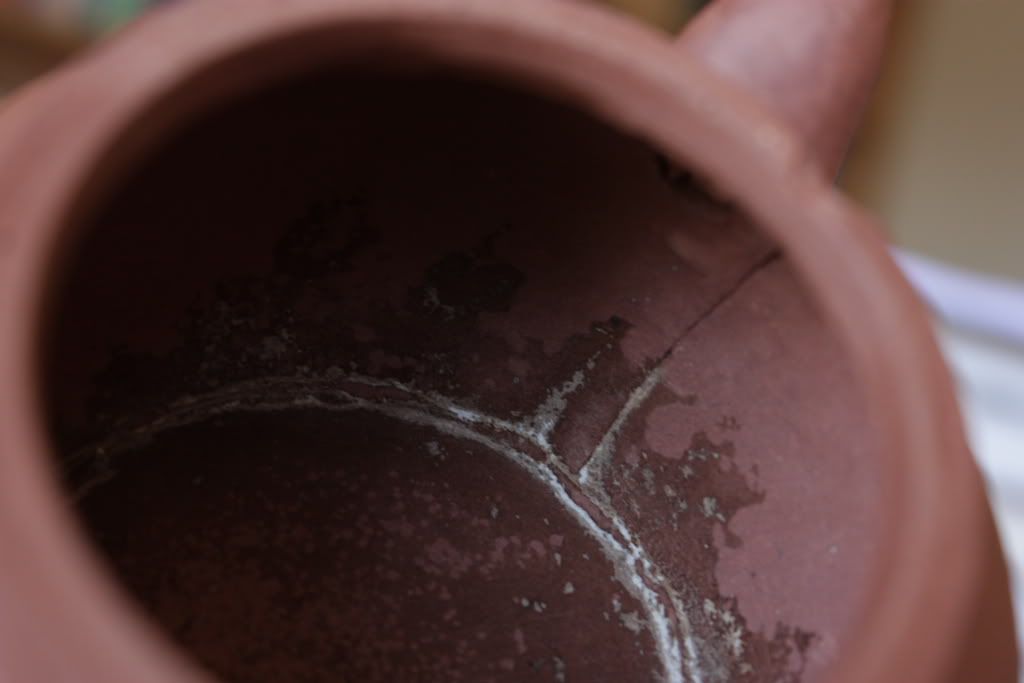
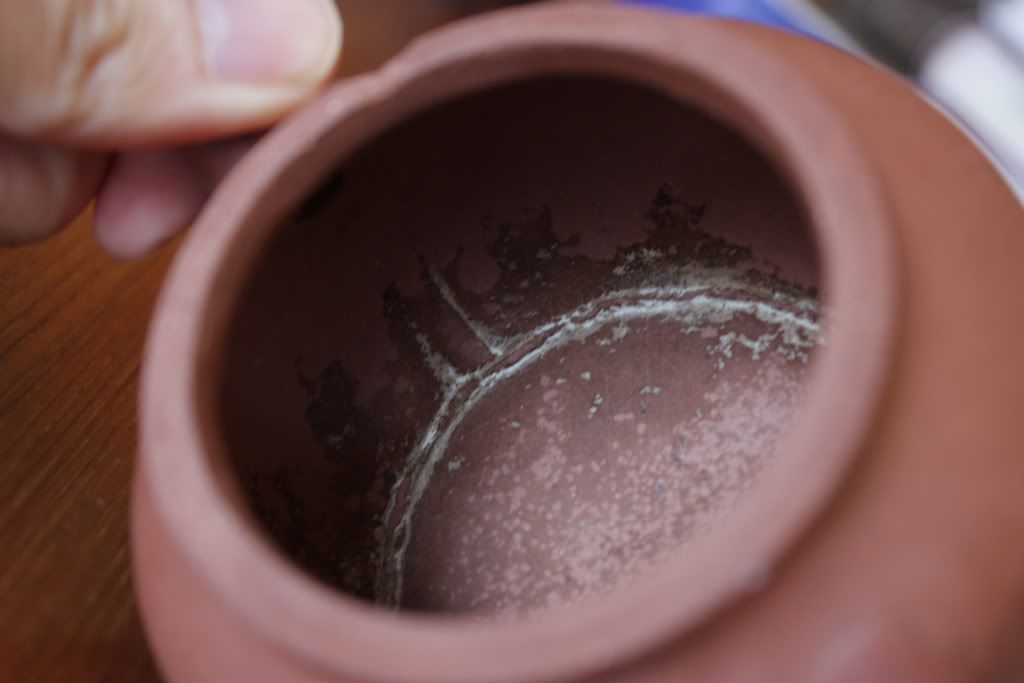
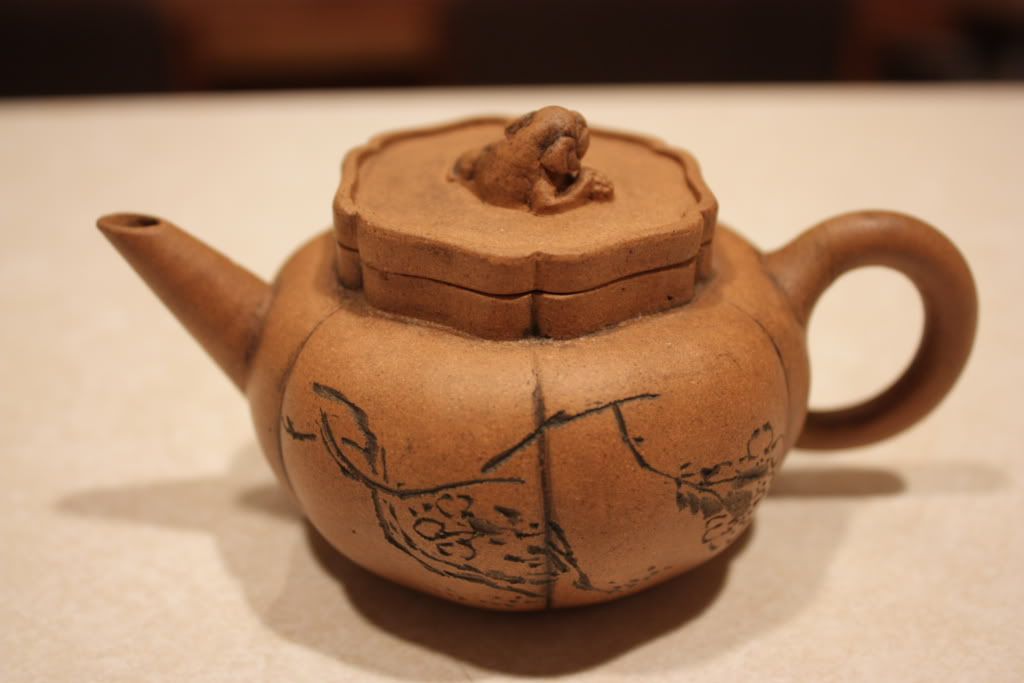
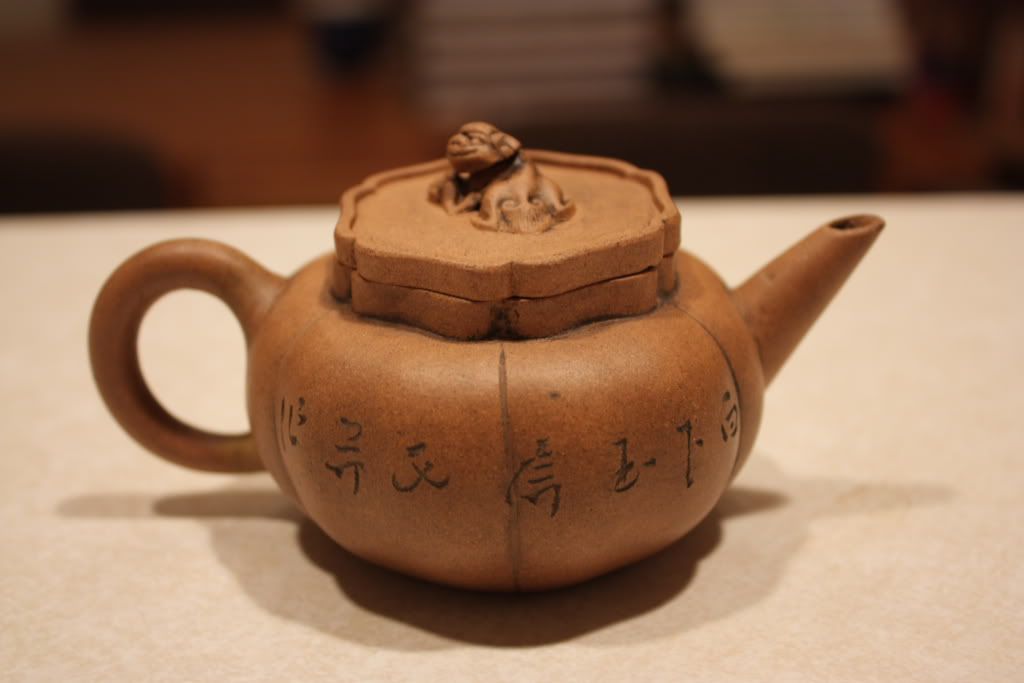
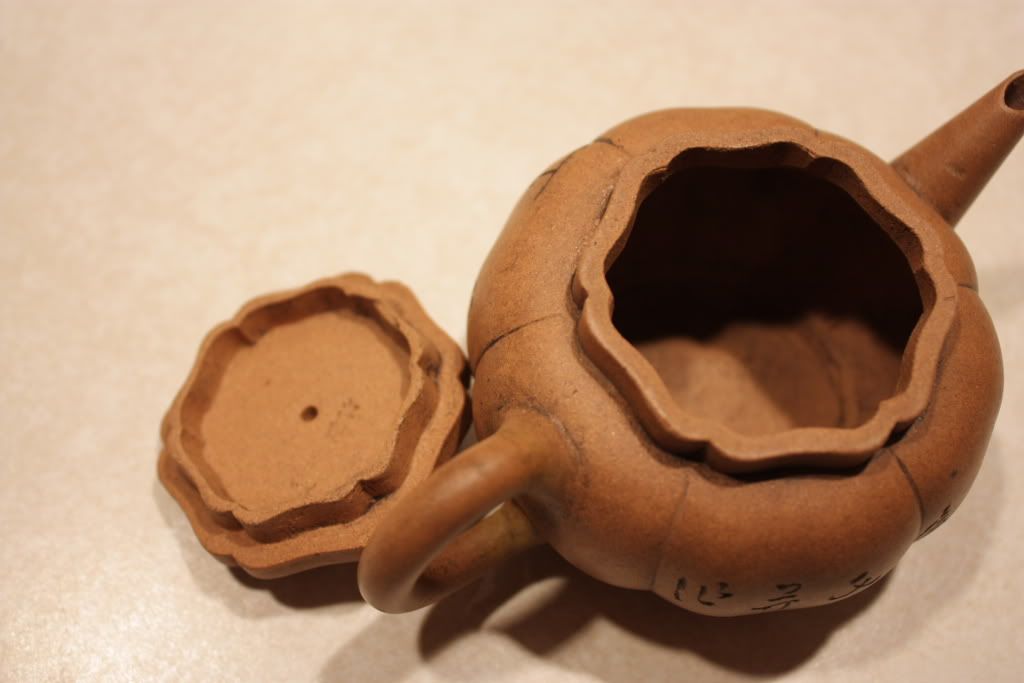

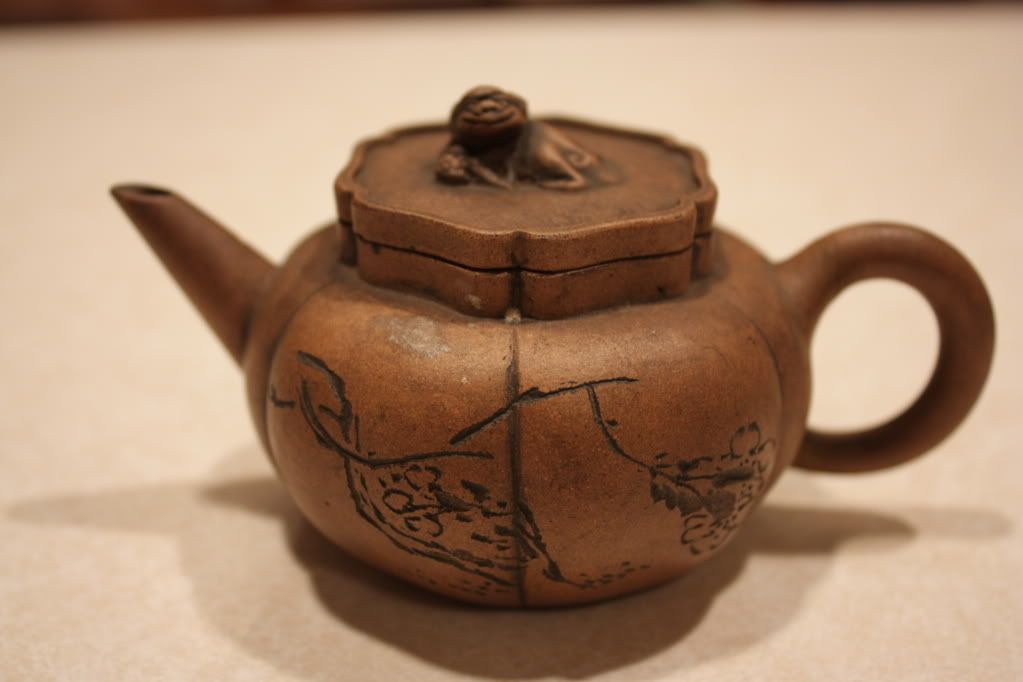
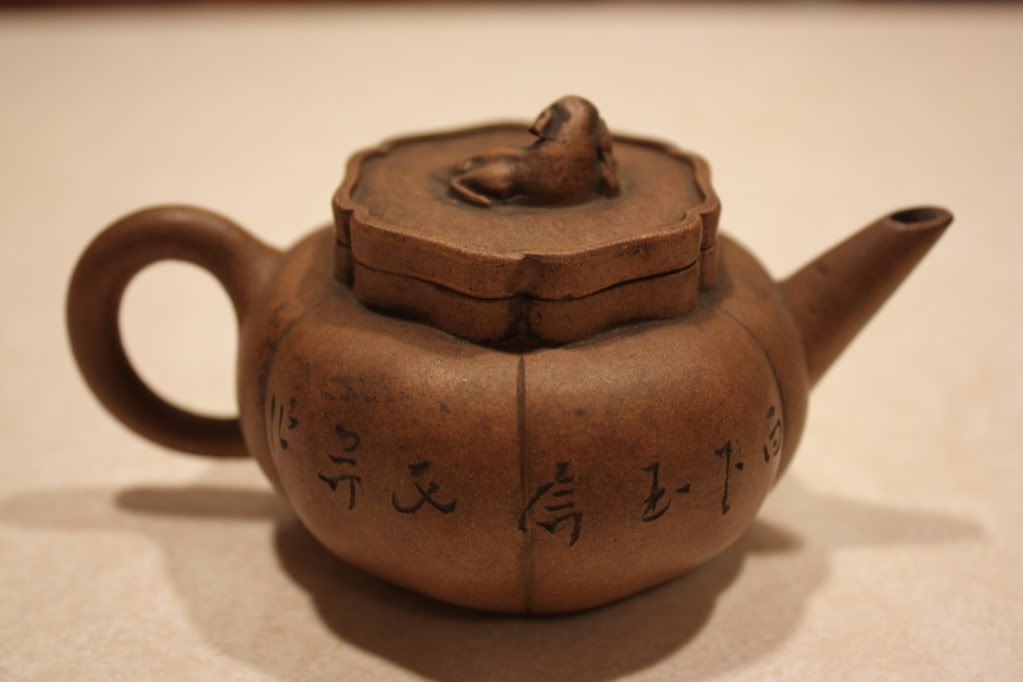
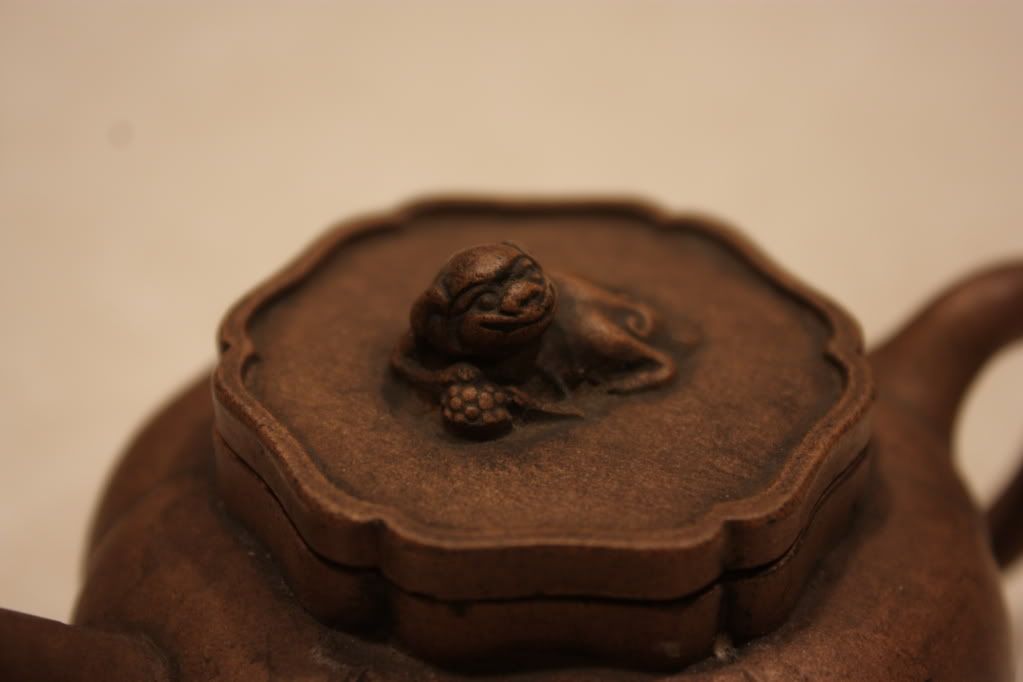
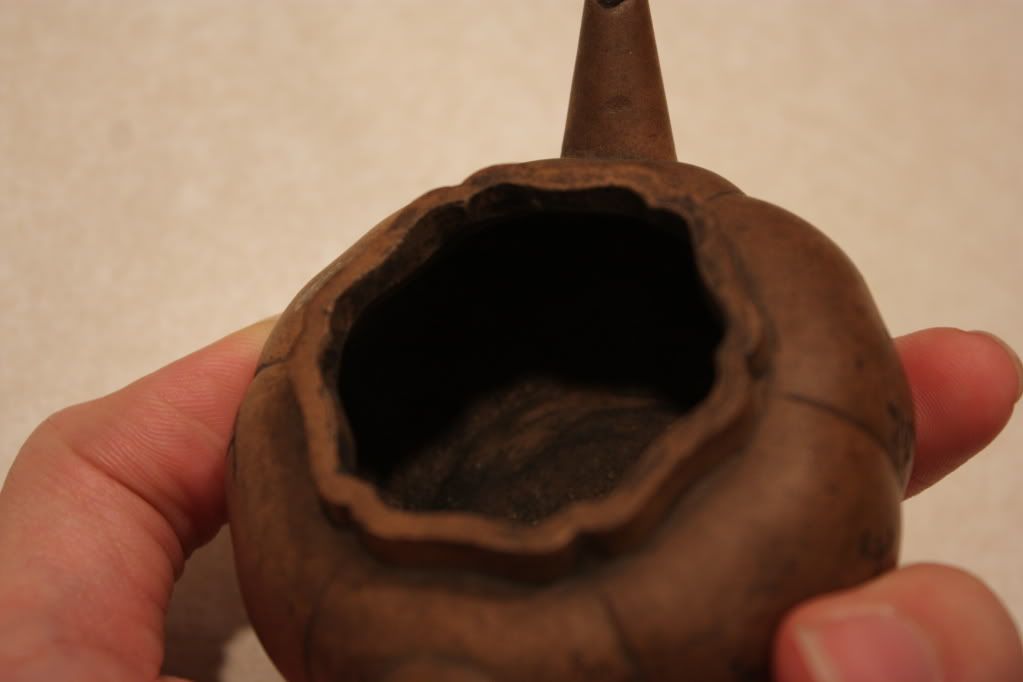
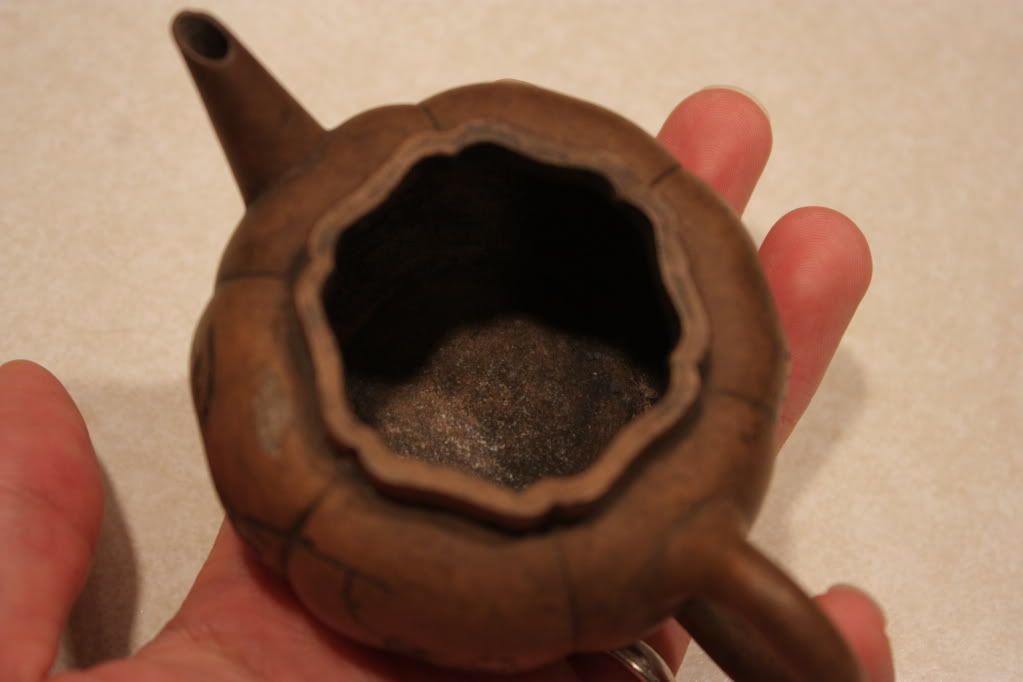
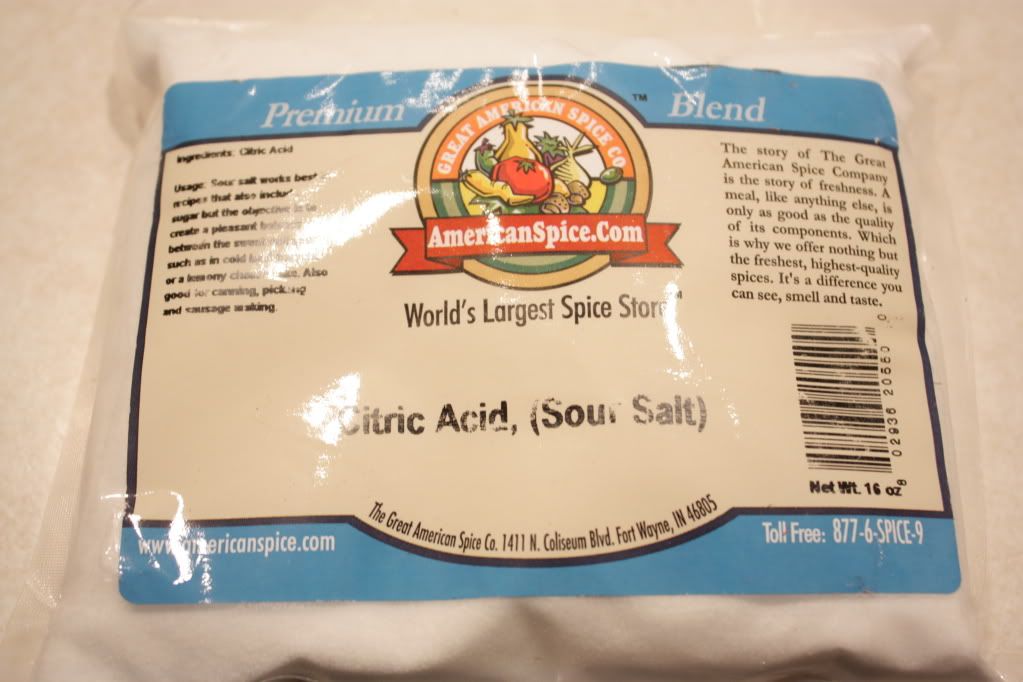
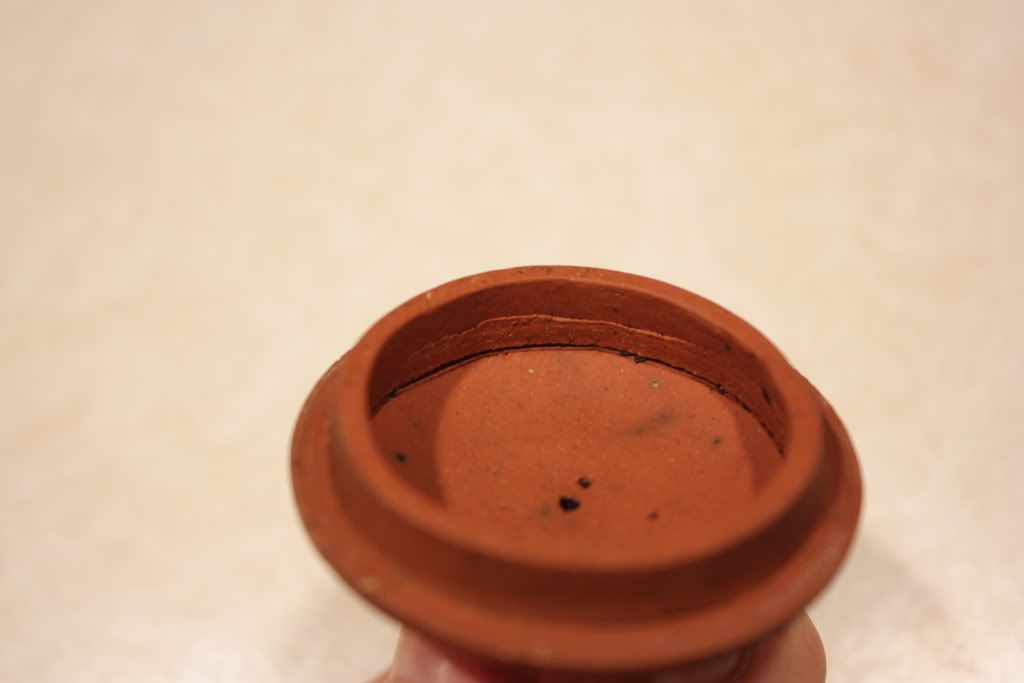




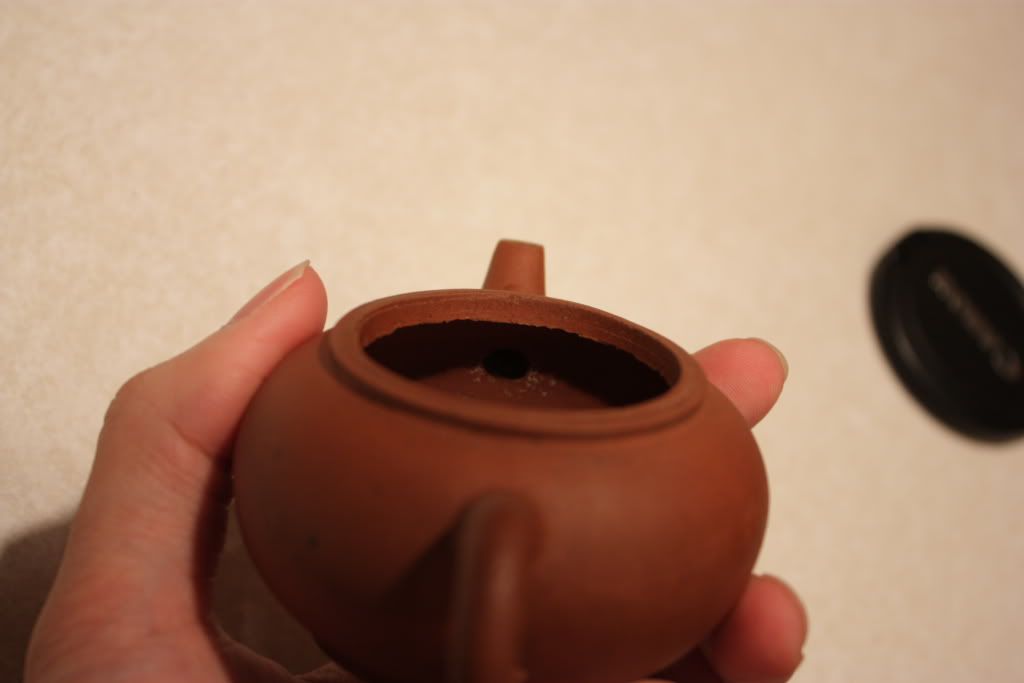
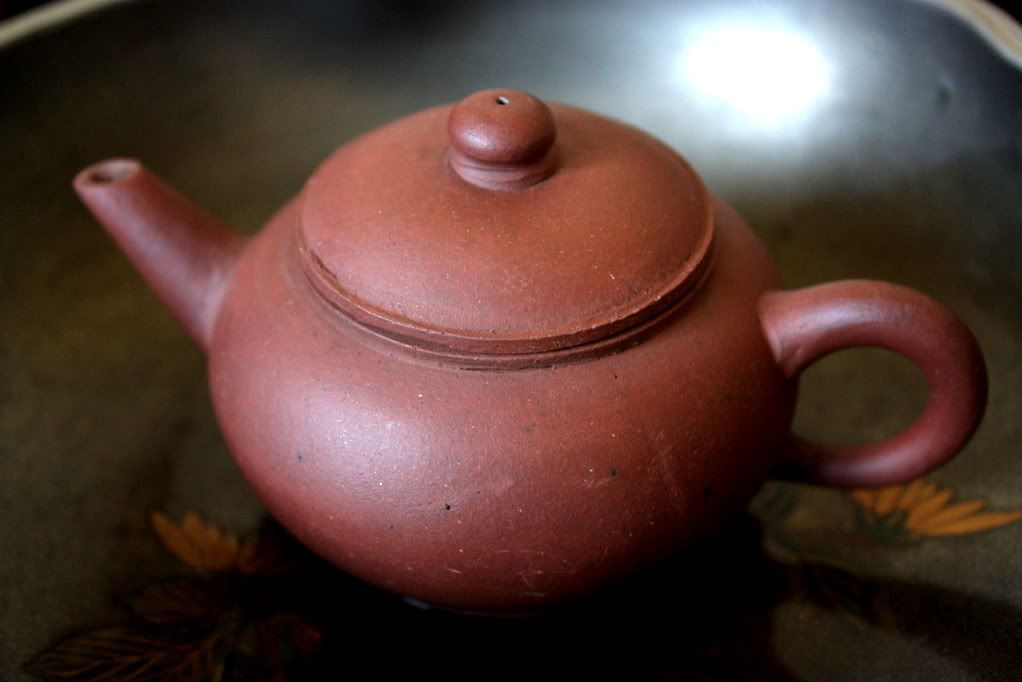
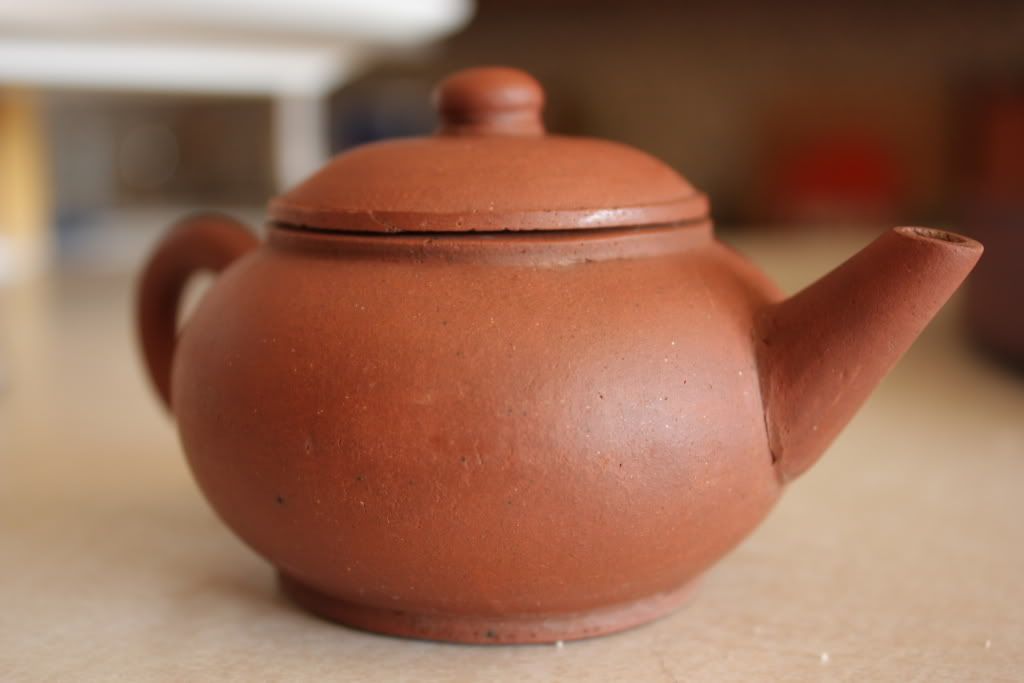
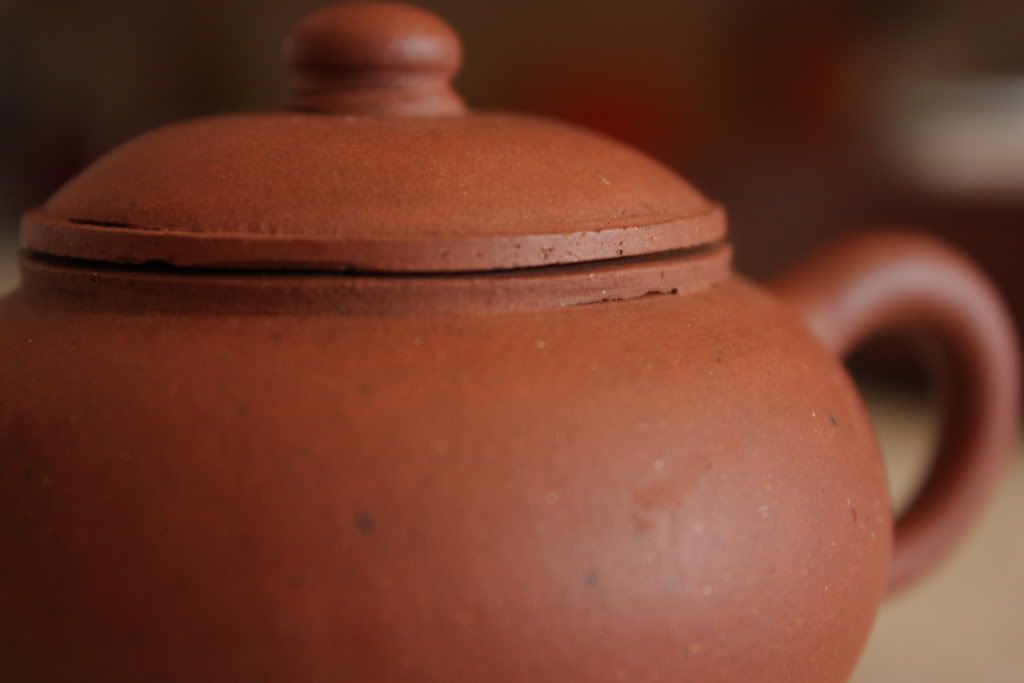
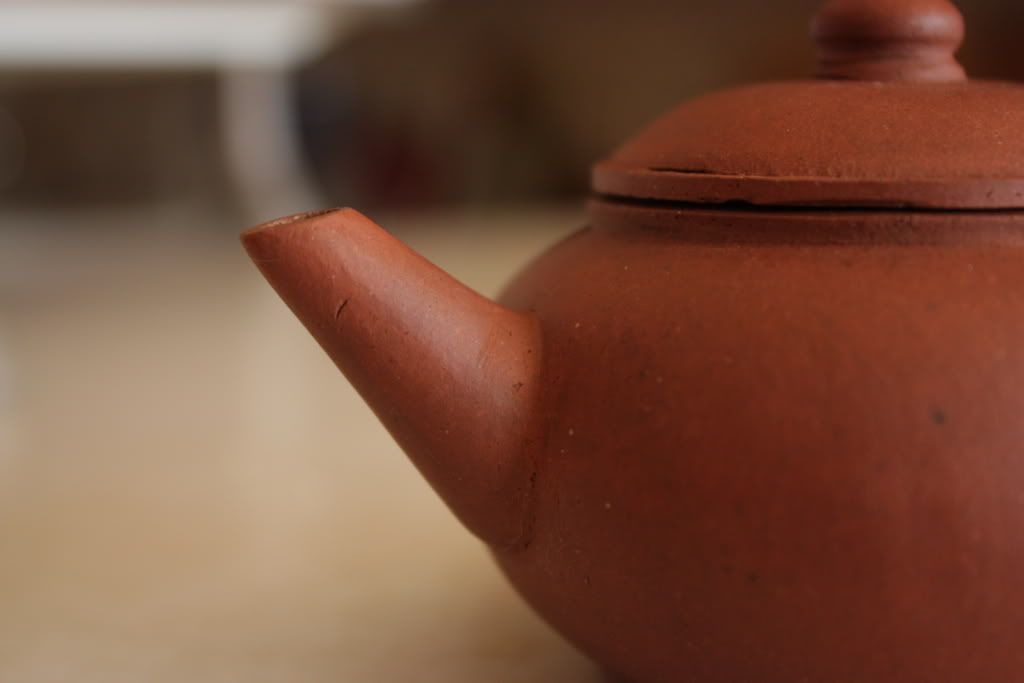
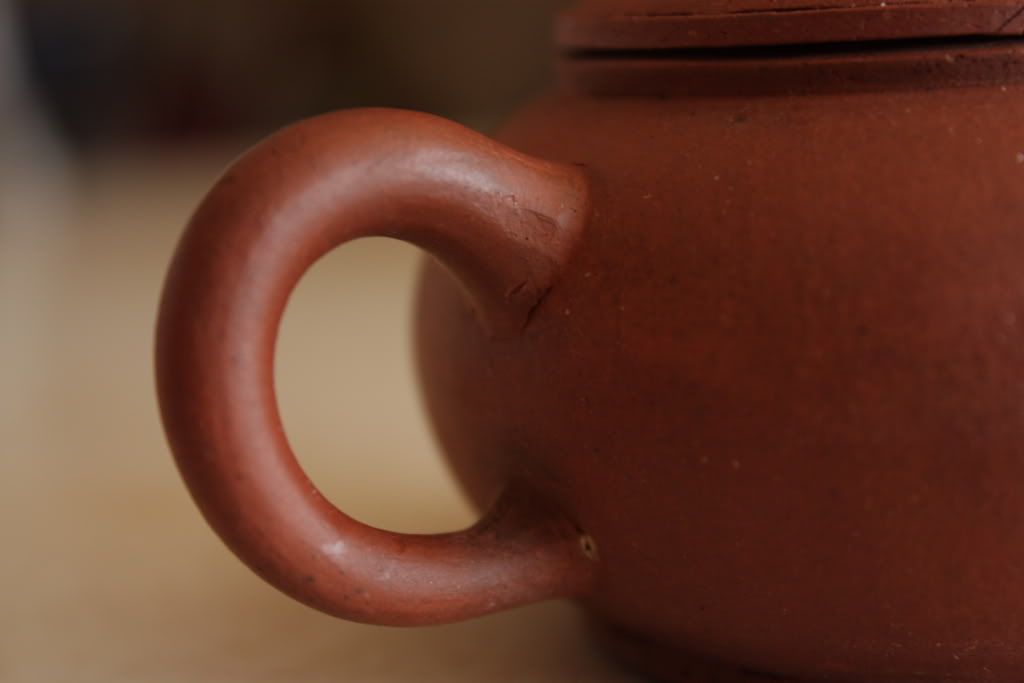
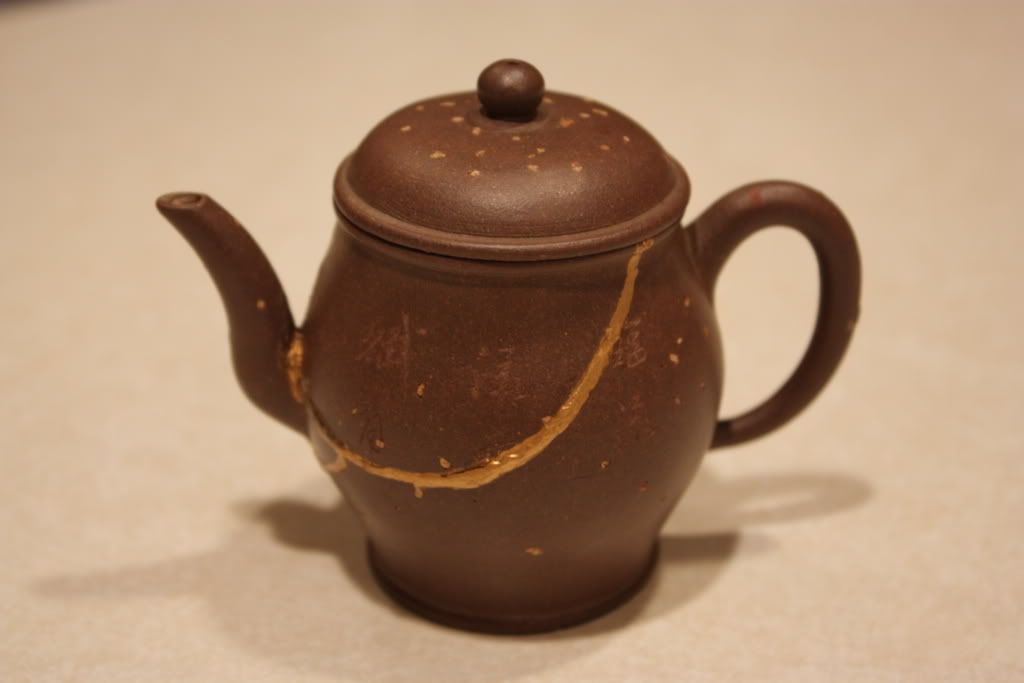
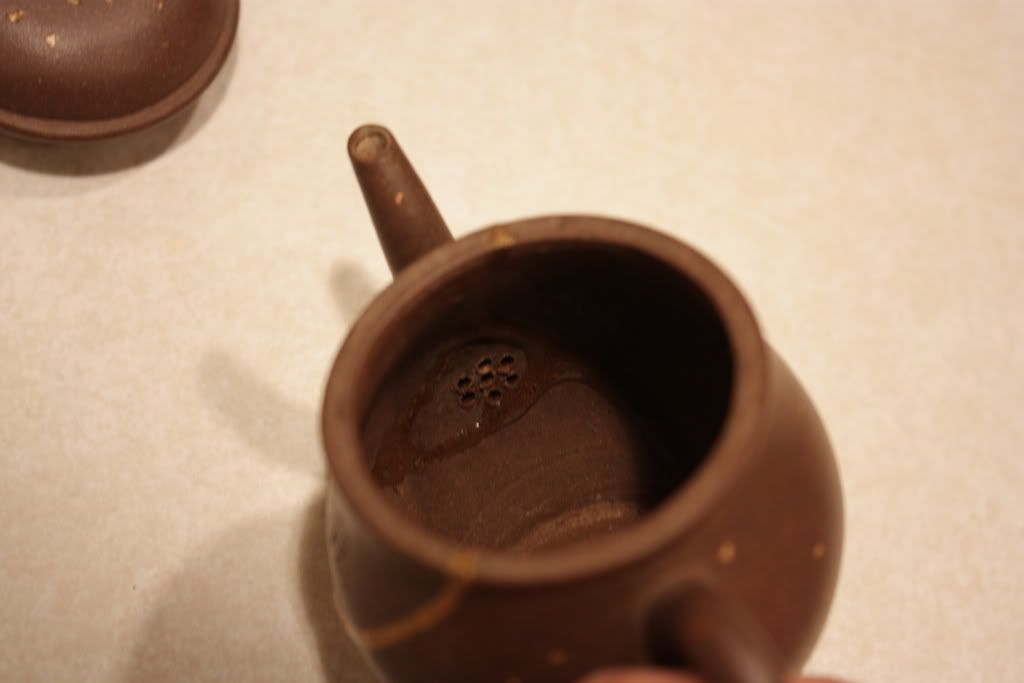
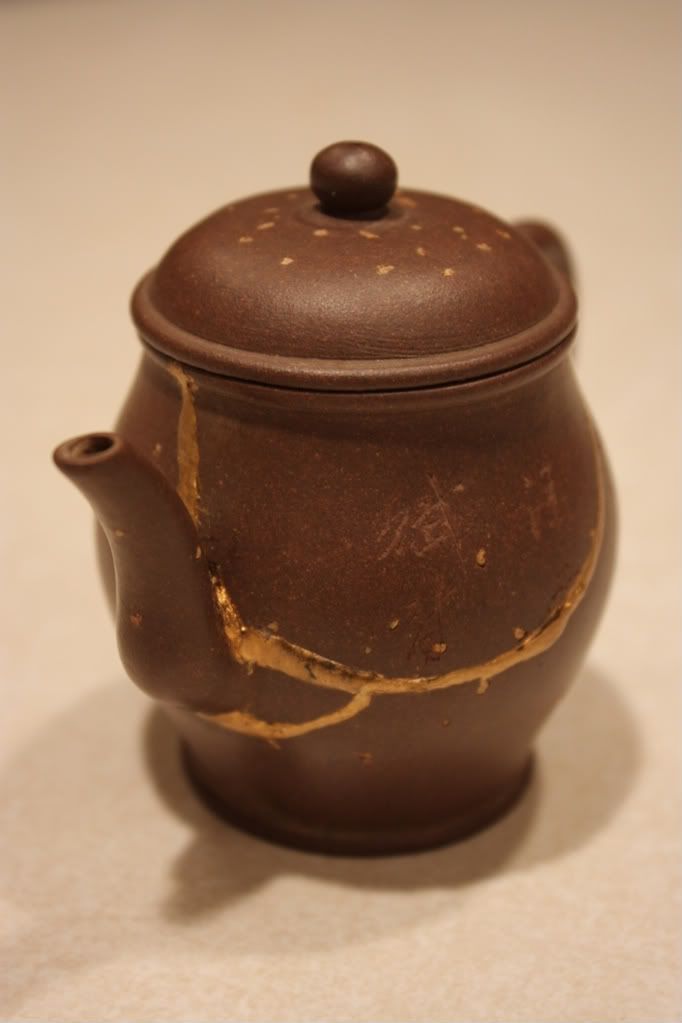
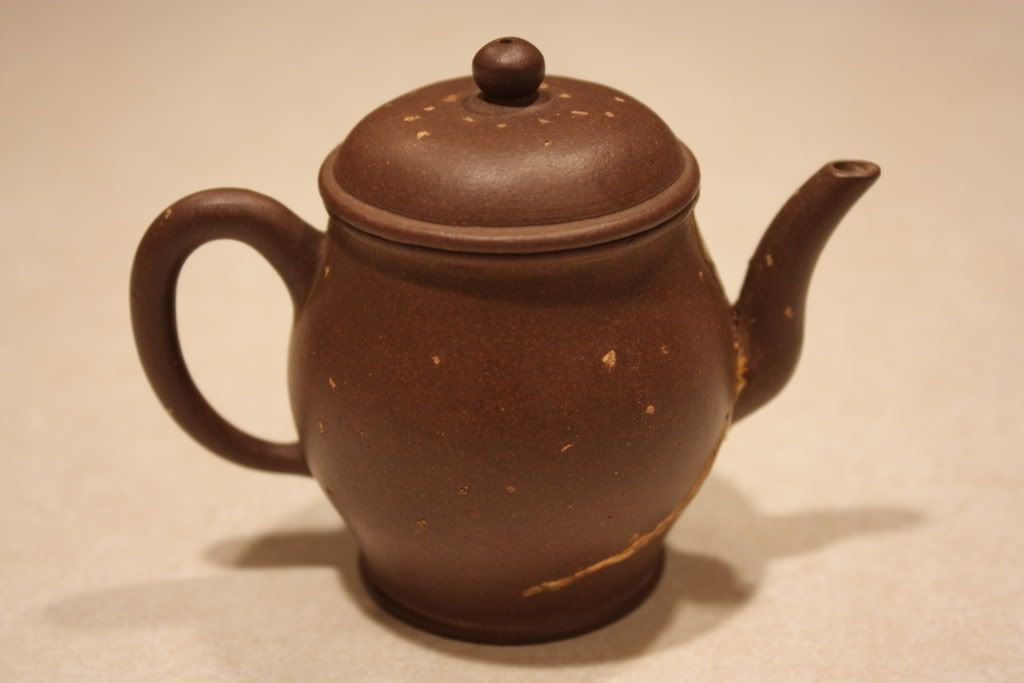


 RSS - Posts
RSS - Posts
I took you at your suggestion and have been reading some of your old post-Covid posts. I haven’t been to…